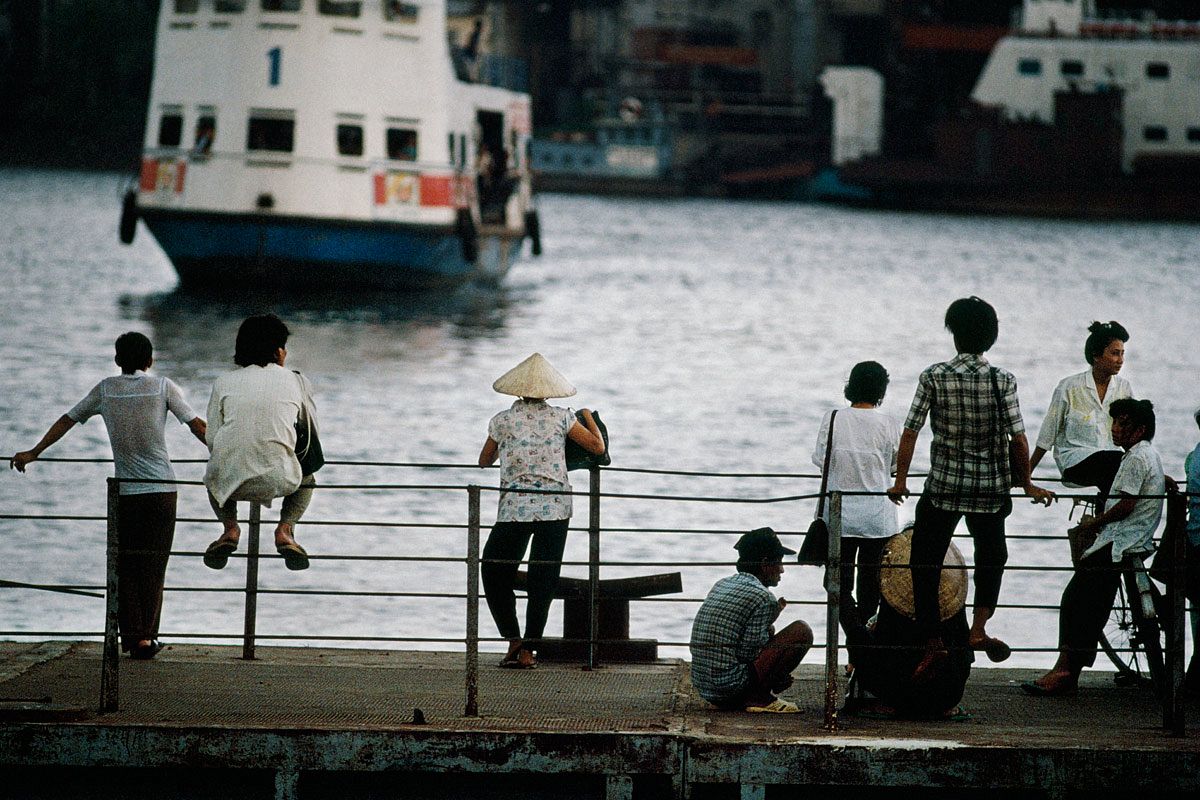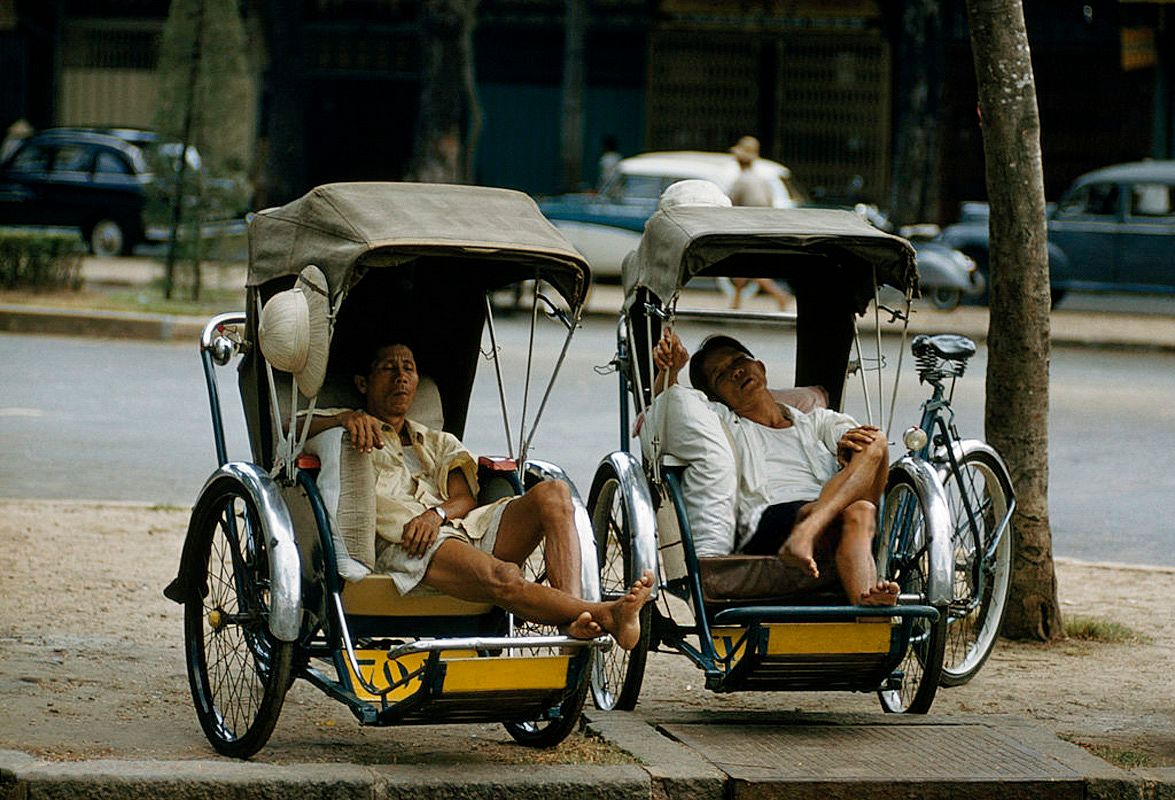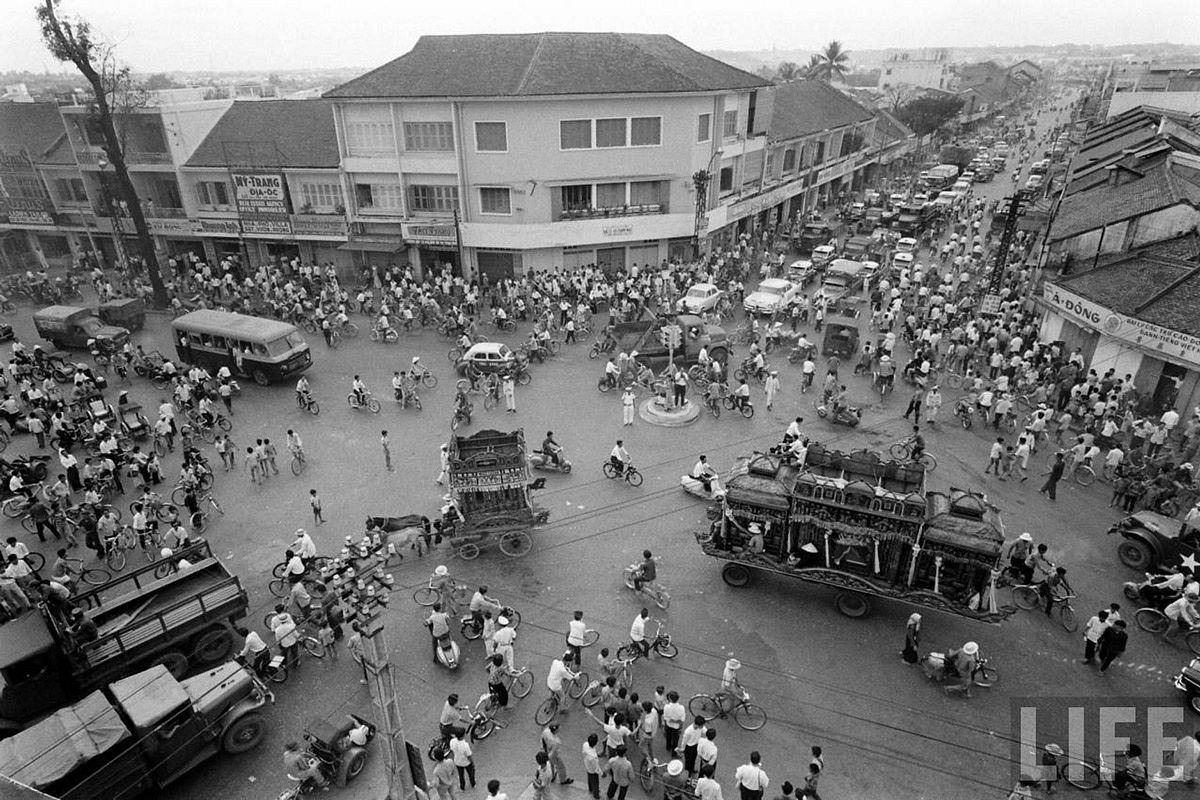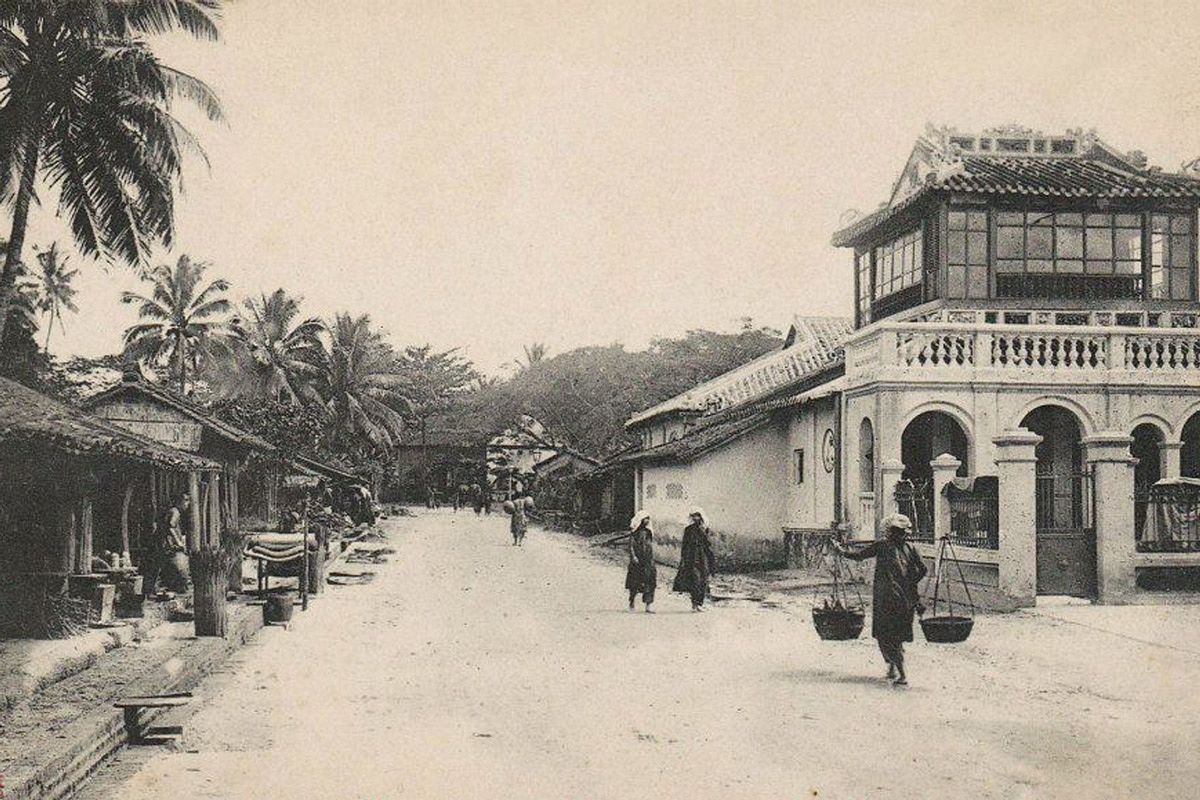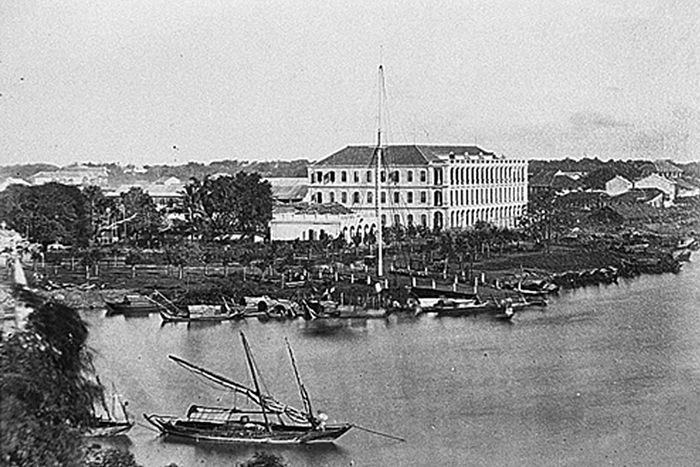After being sold at the astronomical price of US$35 million, it’s beginning to look like one of the city's most exquisite works of colonial architecture has been saved for future generations.
Located on a 2,800-square-meter site at 110-112 Võ Văn Tần in District 3, with entrances on Võ Văn Tần, Bà Huyện Thanh Quan and Nguyễn Thị Diệu Streets, the Phương Nam Mansion is one of the largest colonial residences in the city.

Very little is known about its early history, but the mansion is believed to have been built in the period between 1915-1925 by a wealthy Vietnamese businessman who originally made his fortune in precious metals and stones.
There is a story that the original owner of what was then 110-112 Rue Testard subsequently transformed it into a casino, but in the absence of documentary evidence, it can only be said with certainty that by the late colonial period, the mansion was occupied by a variety of different tenants.
These included, in 1945, an office of the Commandement de l'Air en Extrême-Orient (CAEO, Far East Air Command) and, in 1949, an office of the Fédération Française de Basket-ball (French Basketball Federation).

After 1955 the mansion, now at 110-112 Trần Quý Cáp, was acquired by the patriarch of the family which recently sold the building. At the outset, although he used it as his residence, parts of the huge building continued to be rented to tenants. One of these tenants was Nguyễn Văn Linh (1915-1998), later General Secretary of the Communist Party of Vietnam, who lived here during the period between 1955-1960 after coming south to assume the role of Secretary of the Saigon-Gia Dinh Special Zone Committee (Đặc khu ủy Sài Gòn-Gia Định).
After the death of the family patriarch, the mansion passed to his seven daughters and was used exclusively as a family home. Two of those daughters lived in the mansion for half a century; one passed away recently while the other, now in her eighties, was resident there until the building was sold last week.

The Phương Nam Mansion has often been described as one of the city’s most magnificent heritage buildings. Its colonnaded façade, flanked at each corner by large balconies, features moulded trim and wrought iron balustrades. The ornamental cast-iron roof ridges feature oriental motifs and the eaves are supported throughout by decorative wooden brackets and latticework. The interior is no less impressive, featuring as it does an imposing central staircase with ornate wrought-iron balustrades, elegant ceiling mouldings and cornices, colourful stained glass windows, meticulously carved wooden doors and window frames and at least four different designs of colonial floor tile.

In 2013, the mansion was placed on the market for US$47 million, but the price was subsequently reduced to US$35 million, for which it was finally sold in October 2015 to the Minerva Joint Stock Company.
In September 2014, real estate specialist Anh Hồ Ngọc Lâm commented that US$35 million was an appropriate price for the prime piece of the land on which the mansion stands, adding: “If you buy this land, only by building a business center or an office tower can you recover your investment.”

However, speaking immediately after the sale of the mansion, Nguyễn Anh Tuấn, deputy director of the Center of Architectural Research of the Department of Planning and Architecture, confirmed that the mansion was listed in the inventory of old villas in the city due for completion by the end of the year and indicated that if they wished to make any modifications to its structure or design, the new owners would first have to seek permission from the People's Committee.

At the time of writing, Lê Hoàng Châu, chairman of the Ho Chi Minh City Real Estate Association, has suggested that the new owner did not buy the mansion for business purposes, but rather as a reflection of prestige and status, and that his/her intention is to preserve this important piece of architectural heritage for future generations to enjoy.




Tim Doling is the author of the walking tours book Exploring Hồ Chí Minh City (Nhà Xuất Bản Thế Giới, Hà Nội, 2014) and also conducts four-hour heritage tours of historic Saigon and Cholon. For more information about Saigon history and Tim's tours visit his website, www.historicvietnam.com.
[Photos via Zing]


